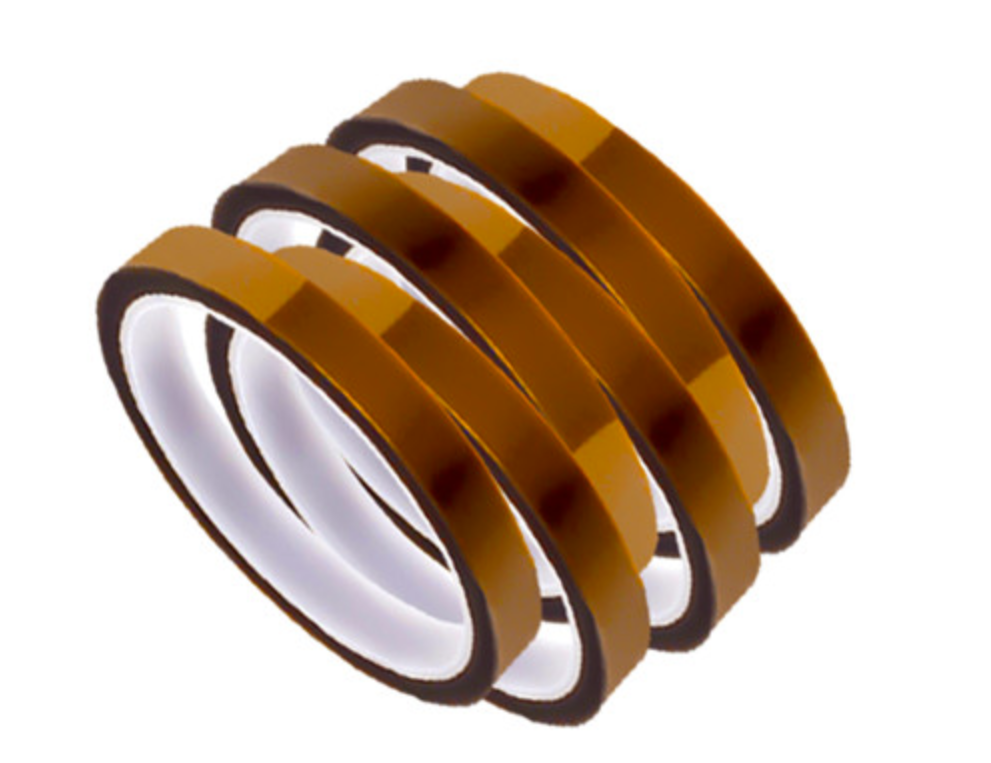

Goldfinger tape, also known as Kapton tape, polyimide tape, is based on polyimide film and uses imported silicone pressure-sensitive adhesive. It has high and low temperature resistance, acid and alkali resistance, solvent resistance, and electrical insulation (H grade ), radiation protection and other properties. Polyimide tape is suitable for shielding electronic circuit board wave soldering, protecting gold fingers, high-end electrical insulation, motor insulation, and lithium battery positive and negative and ear fixation.
Goldfinger tape uses:
1. In the electronic and electrical industry and circuit board manufacturing industry, polyimide tape has the advantages of high temperature resistance, high tensile strength, good chemical resistance, no residual glue, and is RoHS compliant, environmentally friendly, and halogen-free.
2. Polyimide tape can be used for electronic protection in the circuit board manufacturing industry. It is especially suitable for SMT temperature resistance protection, electronic switches, PCB board gold finger protection, electronic transformers, relays and other products that require high temperature resistance and moisture-proof protection. Electronic Component.
3. According to the needs of special processes, it is equipped with low-static and flame-retardant polyimide tape, high-temperature surface reinforcement protection, high-temperature spray painting and sandblasting coating of metal materials to cover the surface protection, and polyimide tape high-temperature spray paint baking. Afterwards, it is easy to peel off without leaving any residual glue.
4. In the electronic and electrical industry, it can be used to insulate and wrap the coils of H-class motors and transformers with higher requirements, polyimide tape to wrap and fix the ends of high-temperature coils, to protect temperature-measuring thermal resistors, to protect capacitors and wires from entanglement and other conditions that work at high temperatures. Bonded insulation under conditions.
